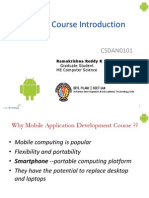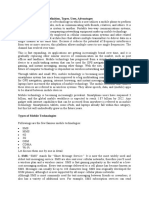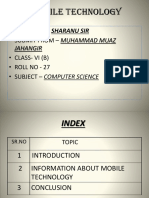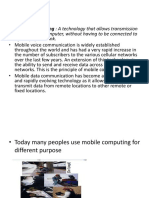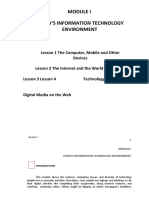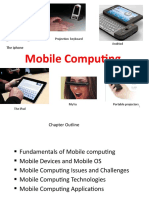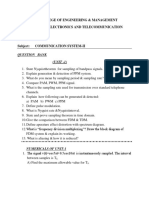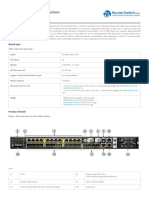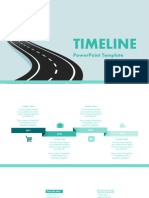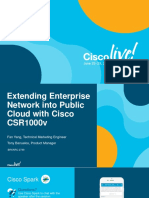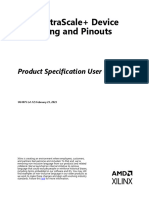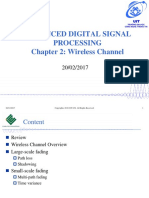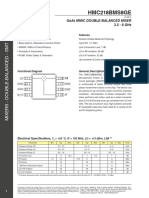0% found this document useful (0 votes)
39 views12 pagesIT Is Gr8! at Grade 11 - Module 2.2 (E-Communication)
The document discusses various aspects of mobile technology including mobile devices, operating systems, connectivity, apps, communication methods, and protocols. It covers topics like smartphones, tablets, mobile OSes, always-on functionality, improving battery life, mobile browsers, email, messaging, and more.
Uploaded by
tmsanemaCopyright
© © All Rights Reserved
We take content rights seriously. If you suspect this is your content, claim it here.
Available Formats
Download as PDF, TXT or read online on Scribd
0% found this document useful (0 votes)
39 views12 pagesIT Is Gr8! at Grade 11 - Module 2.2 (E-Communication)
The document discusses various aspects of mobile technology including mobile devices, operating systems, connectivity, apps, communication methods, and protocols. It covers topics like smartphones, tablets, mobile OSes, always-on functionality, improving battery life, mobile browsers, email, messaging, and more.
Uploaded by
tmsanemaCopyright
© © All Rights Reserved
We take content rights seriously. If you suspect this is your content, claim it here.
Available Formats
Download as PDF, TXT or read online on Scribd
/ 12




















